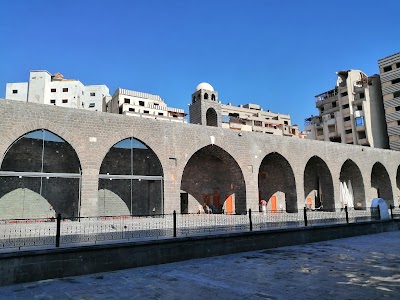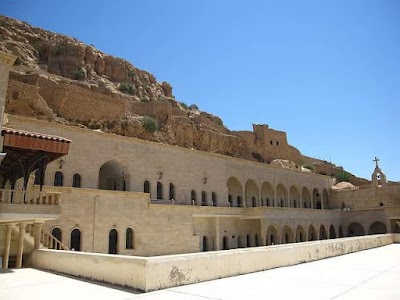Niniveh (نينوى)
Overview
Niniveh: A Journey to Ancient Civilization
Niniveh, known as نينوى in Arabic, is one of the most significant archaeological sites in Iraq and a treasure trove for history enthusiasts and travelers alike. Once the capital of the ancient Assyrian Empire, Niniveh is steeped in rich history and mythology. Located near the city of Mosul, it sits on the eastern bank of the Tigris River and is easily accessible for those venturing into northern Iraq. The site offers a glimpse into an era of grandeur, renowned for its impressive architectural feats and contributions to literature, art, and culture.
As you explore Niniveh, the remnants of its ancient walls and gates are particularly striking. The city was surrounded by a massive wall that stretched an impressive 12 kilometers, with several gates, including the famous Ishtar Gate, which was adorned with beautiful glazed bricks and reliefs depicting deities and animals. Although much of the gate has been reconstructed, standing in its presence allows visitors to imagine the splendor of the ancient city, bustling with merchants and scholars.
Within the ruins, the remnants of the grand Palace of Sennacherib stand as a testament to the architectural prowess of the Assyrians. This magnificent palace was once adorned with intricate bas-reliefs depicting the king's conquests and the life of the court. The site also includes the remains of the Library of Ashurbanipal, which housed thousands of clay tablets inscribed with cuneiform script, making it one of the most important collections of ancient literature ever discovered. Travelers can marvel at the significance of these texts, which include myths, epics, and administrative records that provide valuable insights into the ancient world.
Niniveh is not only an archaeological wonder but also a place of profound spiritual significance. The city is mentioned in many religious texts, including the Bible, where it is known as a symbol of repentance and redemption. The story of the prophet Jonah, who was sent to warn the people of Niniveh of their impending doom, resonates deeply in the cultural fabric of the region. Visitors can reflect on this narrative as they stroll through the ruins, contemplating the lessons of faith and morality that have transcended time.
For those planning to visit, it's essential to approach your journey with respect and sensitivity, given the complex history of the region. The local community is welcoming, and engaging with them can provide a deeper understanding of Niniveh's significance today. Be sure to try local delicacies and immerse yourself in the vibrant culture of northern Iraq.
In conclusion, a visit to Niniveh is not merely a trip to an ancient site; it is an exploration of humanity's rich tapestry. The ruins whisper stories of a once-great civilization, inviting travelers to reflect on the past while appreciating the resilience of the present. Whether you are an avid historian, a curious traveler, or someone seeking spiritual enrichment, Niniveh offers an unforgettable experience that connects you to the heart of ancient Mesopotamia.





